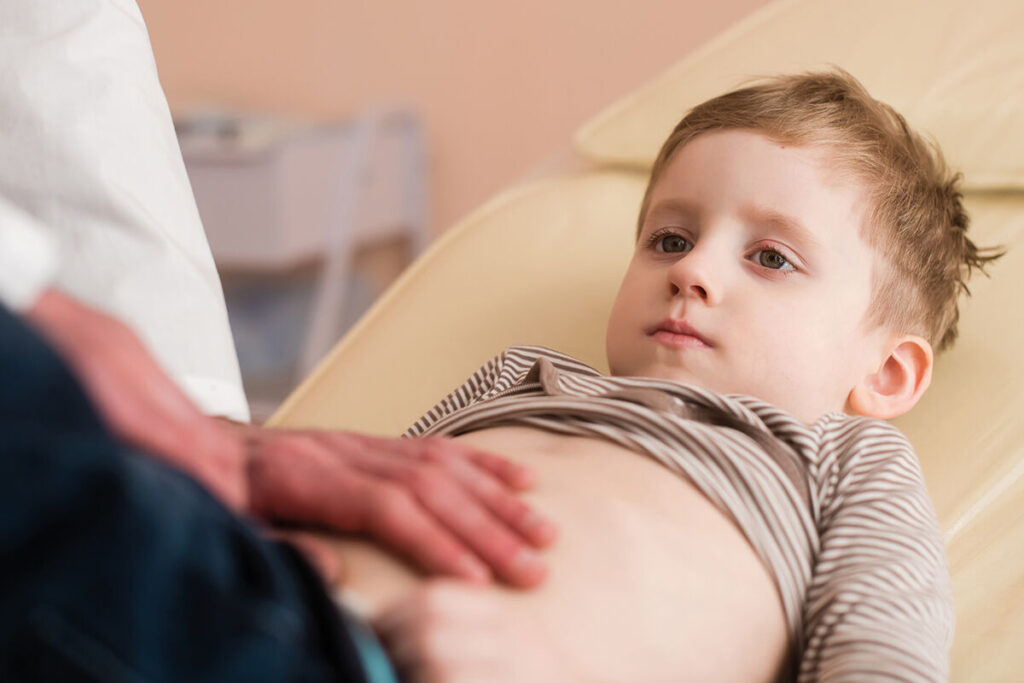Recognising cancer in children

Key points
- Cancer is the leading medical cause of death in children aged one to nine years
- Leukaemia is the most common cancer type in children, making up 30% of cases; however a GP is more likely to see a child presenting with a solid tumour than leukaemia
- To help diagnose childhood cancers earlier: book follow-up appointments about any worrying symptoms; examine the child when possible; routinely review any child seen three times about the same symptoms; and safety-net.
- Key signs and symptoms that form the abbreviation ‘CANCER’ are: Concern; Anorexia; Number of attendances (three); Complexion (pallor); Exhaustion; Recurrent pyrexia
- Be particularly alert to cancer signs and symptoms in children with certain genetic disorders; for example Down syndrome is associated with increased risk of leukaemia
Dr Jennifer Kelly is a GP and childhood cancer expert in Worcestershire and CEO of the Grace Kelly Childhood Cancer Trust
Case 1 You see a two-year-old boy with his mother. He has been slightly off colour for a few weeks, with occasional high temperatures. He is eating less than normal, and his mother says he seems a little tired and pale. This is the second time they have attended with this problem. At their initial consultation he was given a macrogol laxative as there was a query whether he was constipated (with a fullness in his left iliac fossa). His mother said she had not noticed much difference in his symptoms, and he is opening his bowels reasonably regularly. The child appears well, apyrexial but a little pale. On examination, there is a non-tender mass in his left iliac fossa. His mother agrees his tummy is more swollen than normal and mentions that the urine in his nappy sometimes seems darker than usual – almost brown.
Further assessment and diagnosis
As he is systemically well, he is booked into the local paediatric hot clinic to be seen the following morning. Abdominal ultrasound shows he has a renal tumour. After biopsy and tumour staging, he is diagnosed with a stage 2 Wilms’ tumour.
How common is childhood cancer?
Childhood cancer is more common than we might think. It is the leading medical cause of death in children aged one to nine years in the UK.1 About 1,800 children aged 0–14 years are diagnosed with cancer each year, and half of those are in the 0–4 age group. A further 2,600 young people (aged 15 to 24) are also diagnosed annually. An average GP surgery in the UK would expect to see a case of childhood cancer every 1.8 years.2,3
Although childhood cancer is classified as rare, the individual risk from birth to age 25 is now one in 180 – meaning it is an important differential diagnosis to consider in a child or young person presenting with unexplained symptoms.4
Which cancer types are we most likely to see?
In children, leukaemia is the most common, forming 30% of all cases. This is followed by CNS tumours and lymphoma (see Figure 1).6,7
However, although leukaemia has the highest incidence, most cancers in children (70%) are solid tumours or lymphoma, and GPs are more likely to see a child presenting with a solid tumour.7,8
How does a child with a renal tumour present?
In the UK, around 90 children a year are diagnosed with renal tumours. As with many diagnoses, there is some clinical variation in how children may present. Some children have few symptoms and their presentation can be very subtle. Key features to look for include: abdominal swelling (or early satiety or poor appetite); pallor; tiredness; unexplained recurrent pyrexias; a change in bowel habit; and haematuria (frank or old blood).
Click here to read the full article and download your certificate logging 2 CPD hours towards revalidation
Not a Pulse365 member? Click here to join and gain access to over 400 CPD modules
Pulse October survey
Take our July 2025 survey to potentially win £1.000 worth of tokens

Visit Pulse Reference for details on 140 symptoms, including easily searchable symptoms and categories, offering you a free platform to check symptoms and receive potential diagnoses during consultations.
Related Articles
READERS' COMMENTS [2]
Please note, only GPs are permitted to add comments to articles











Excellent article . it is very important to think cancer when you examined a child with symptoms unable to explaine
An excellent article , make me think cancer, when I EXAMINE child with symptoms I can not explaine